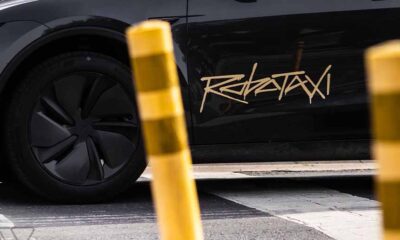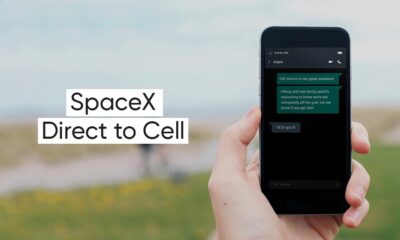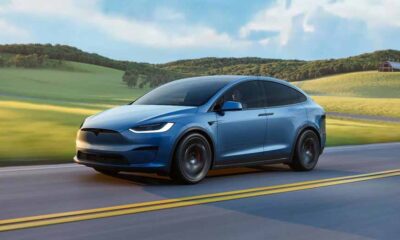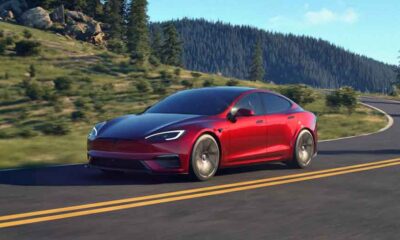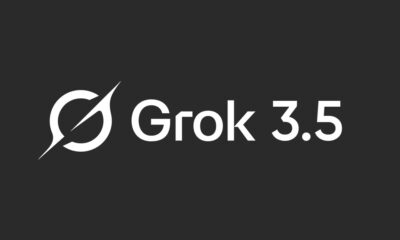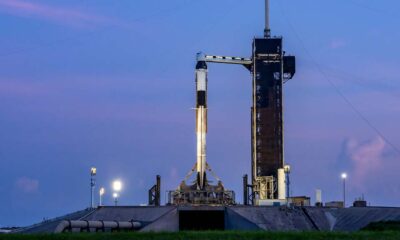Tesla
NHTSA made Tesla Cybercab vehicle’s launch more realistic
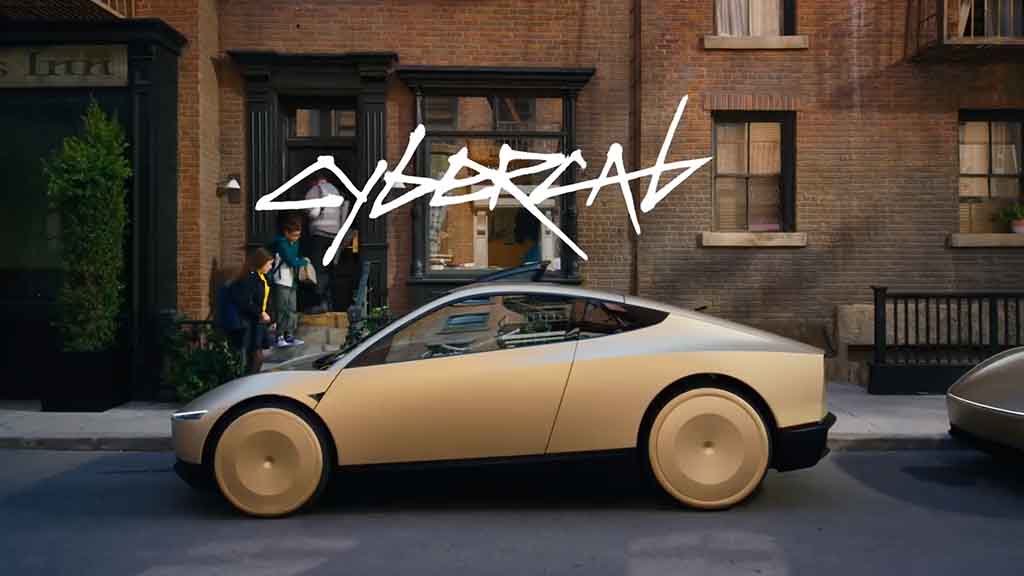
The National Highway Traffic Safety Administration (NHTSA) has announced new changes in the automated vehicle (AV) framework that will speed up approval of robotaxis such as Tesla Cybercab.
NHTSA confirmed that the new measures will facilitate ADS technology to improve roadway safety by unlocking its full potential. This will happen by streamlining the exemption process or commercial deployment and bringing new policies to evaluate these exemptions.
“These improvements will allow NHTSA to process ADS and other exemptions more quickly while also allowing NHTSA to prioritize safety through a tailored and progressive operational oversight approach,” wrote NHTSA.
The current rules require automakers with non-traditional vehicles to seek an exemption from federal safety standards to operate without pedals and a steering wheel. Moreover, these standards require the carmaker to provide human driving control in such vehicles. But the complicated part is the long-standing process, which consumes extended time.
This new step is likely to mainstream this exemption process and make it easier and faster than before.
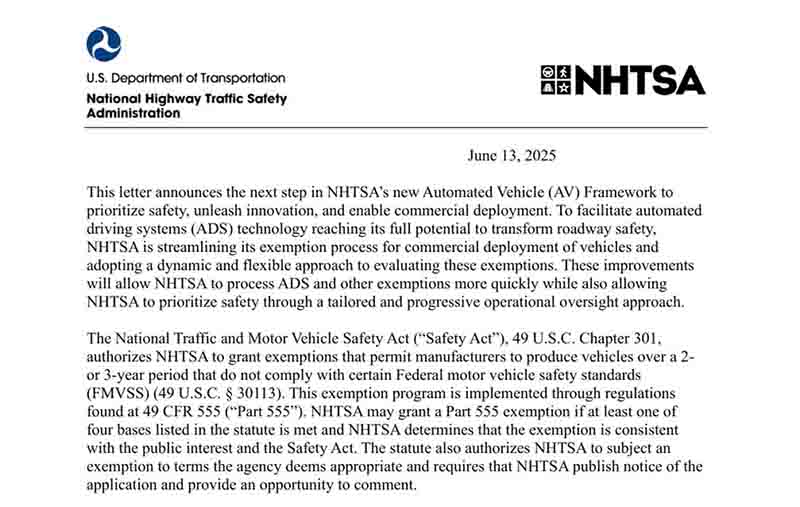
Tesla Cybercab
Last year, Tesla unveiled Cybercab, a vehicle designed for ride-hailing services. It brings a modernized appearance, only a passenger row with larger front space, and a rear luggage area.
Speaking of which, it has a flat floor and no steering wheel or pedals. The vehicle is fully autonomous and provides real-time information via the center display. The company will facilitate its operations via a dedicated mobile app and provide point-to-point travel.
Tesla has designed an autonomous robot to clean the vehicle and a wireless charger that will recharge the vehicle for continuous operational capacity.
Cybercab production preparation is underway at Giga Texas, and a prototype line is up for a run. The vehicle maker is preparing to rollout the prototype model in Summer, and a final production could be expected in early 2026. However, its fleet inclusion in the robotaxi service could only come in late next year.
(source)

